KOREAN BUSINESSES POST JAPAN’S EXPORT CURBS
입력 2020.07.01 (15:11)
수정 2020.07.01 (16:46)
읽어주기 기능은 크롬기반의
브라우저에서만 사용하실 수 있습니다.
[Anchor Lead]
It's been a year since Japan imposed restrictions on Korea-bound exports. At first, there were concerns that the measure could affect Korea's semiconductor manufacturing. But Korean businesses have sustained no serious damage so far. Moreover, Korean chip makers have produced results in developing local materials to substitute those imported from Japan.
[Pkg]
Hydrogen fluoride. Used for wafer etching and removal of impurities in semiconductor manufacturing. This company has successfully localized hydrogen fluoride after Japan imposed export restrictions. Early this year, the firm even decided to expand its production lines.
[Soundbite] PARK JAE-SOO(CEO OF RAM TECHNOLOGY) : "We found a partner in China using our source technology and began providing technological guidance to Chinese firms. We are now supplying hydrogen fluoride for semiconductors to domestic chip makers."
Although the company had a source technology for refining raw materials, mass production was a challenge because two-thirds of the material was imported from Japan. But as manufacturing of local materials gained pace, the company decided to increase its production equipment. Hydrogen fluoride is now being supplied from the U.S. and China, while imports from Japan decreased to just one-fourth of the level prior to the trade curbs. Photoresist, essential in printing circuit boards on semiconductor wafers, was a major concern for Korean businesses as it was mostly imported from Japan and it would take over a year to develop a substitute. However, localization proceeded faster than expected. Korean companies managed to find ways to import the material through a third country, Belgium, while some global corporations are launching manufacturing facilities in Korea. Polyimide films used in flexible displays were not a concern because they were already produced in Korea. Now that more and more items previously imported from Japan can be produced locally, their scope is also expanding. This firm produces photomasks, a key semiconductor component. Like other materials, photomasks were also mostly imported from Japan, but now 90 percent of them are manufactured in Korea thanks to pro-active efforts to develop local technologies.
[Soundbite] SHIN CHUL(S&S TECH) : "About 90 percent is produced locally. Once we reach an agreement with customers at the final stage, the finished product will be ready. It's going to happen within months."
Now that there is a market for substituting Japanese products, more Korean businesses are enthusiastically jumping into related R&D.
[Soundbite] PARK JAE-KEUN(KOREA SOCIETY OF SEMICONDUCTOR & DISPLAY TECHNOLOGY) : "Until recently, only materials or equipment that were easy to produce were manufactured locally. Domestic firms could not do that with select materials due to technological restraints and high R&D costs. It would also take a lot of time to catch up with Japan."
The localization of materials, parts and equipment, which began as a necessity for survival, turned out to be an opportunity to strengthen Korean businesses' technological independence.
It's been a year since Japan imposed restrictions on Korea-bound exports. At first, there were concerns that the measure could affect Korea's semiconductor manufacturing. But Korean businesses have sustained no serious damage so far. Moreover, Korean chip makers have produced results in developing local materials to substitute those imported from Japan.
[Pkg]
Hydrogen fluoride. Used for wafer etching and removal of impurities in semiconductor manufacturing. This company has successfully localized hydrogen fluoride after Japan imposed export restrictions. Early this year, the firm even decided to expand its production lines.
[Soundbite] PARK JAE-SOO(CEO OF RAM TECHNOLOGY) : "We found a partner in China using our source technology and began providing technological guidance to Chinese firms. We are now supplying hydrogen fluoride for semiconductors to domestic chip makers."
Although the company had a source technology for refining raw materials, mass production was a challenge because two-thirds of the material was imported from Japan. But as manufacturing of local materials gained pace, the company decided to increase its production equipment. Hydrogen fluoride is now being supplied from the U.S. and China, while imports from Japan decreased to just one-fourth of the level prior to the trade curbs. Photoresist, essential in printing circuit boards on semiconductor wafers, was a major concern for Korean businesses as it was mostly imported from Japan and it would take over a year to develop a substitute. However, localization proceeded faster than expected. Korean companies managed to find ways to import the material through a third country, Belgium, while some global corporations are launching manufacturing facilities in Korea. Polyimide films used in flexible displays were not a concern because they were already produced in Korea. Now that more and more items previously imported from Japan can be produced locally, their scope is also expanding. This firm produces photomasks, a key semiconductor component. Like other materials, photomasks were also mostly imported from Japan, but now 90 percent of them are manufactured in Korea thanks to pro-active efforts to develop local technologies.
[Soundbite] SHIN CHUL(S&S TECH) : "About 90 percent is produced locally. Once we reach an agreement with customers at the final stage, the finished product will be ready. It's going to happen within months."
Now that there is a market for substituting Japanese products, more Korean businesses are enthusiastically jumping into related R&D.
[Soundbite] PARK JAE-KEUN(KOREA SOCIETY OF SEMICONDUCTOR & DISPLAY TECHNOLOGY) : "Until recently, only materials or equipment that were easy to produce were manufactured locally. Domestic firms could not do that with select materials due to technological restraints and high R&D costs. It would also take a lot of time to catch up with Japan."
The localization of materials, parts and equipment, which began as a necessity for survival, turned out to be an opportunity to strengthen Korean businesses' technological independence.
■ 제보하기
▷ 카카오톡 : 'KBS제보' 검색, 채널 추가
▷ 전화 : 02-781-1234, 4444
▷ 이메일 : kbs1234@kbs.co.kr
▷ 유튜브, 네이버, 카카오에서도 KBS뉴스를 구독해주세요!
- KOREAN BUSINESSES POST JAPAN’S EXPORT CURBS
-
- 입력 2020-07-01 15:14:08
- 수정2020-07-01 16:46:24
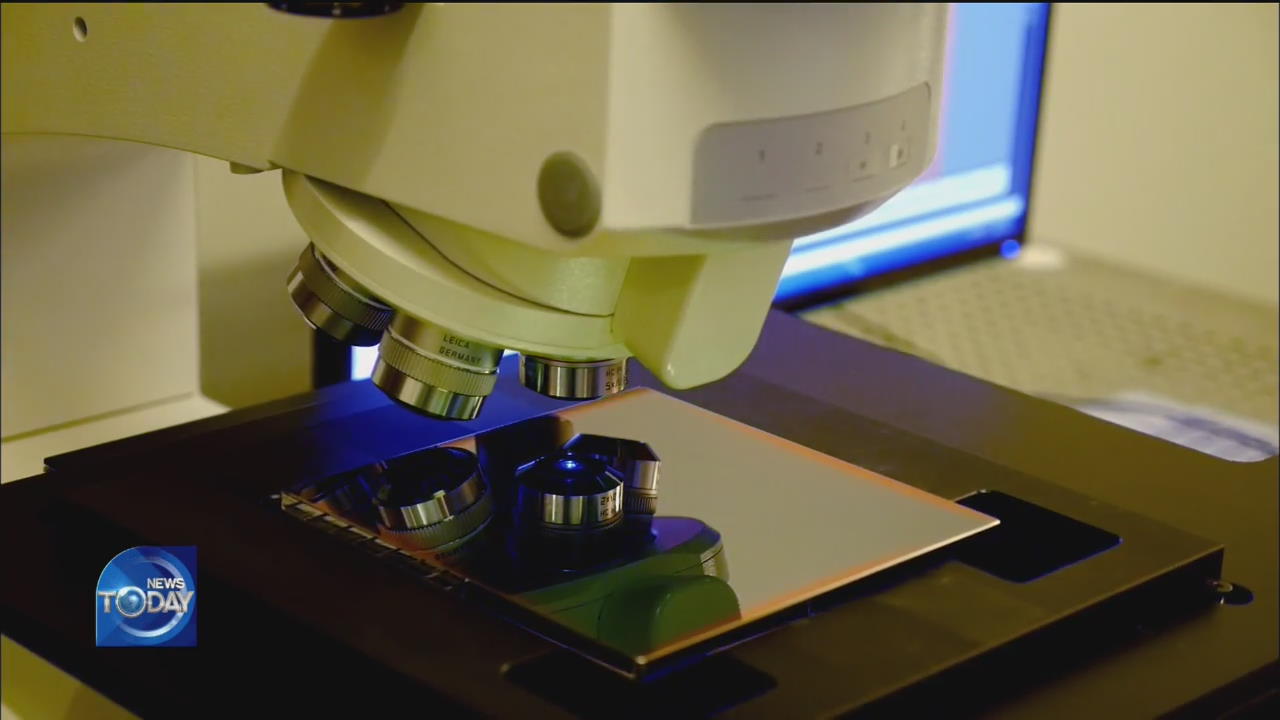
[Anchor Lead]
It's been a year since Japan imposed restrictions on Korea-bound exports. At first, there were concerns that the measure could affect Korea's semiconductor manufacturing. But Korean businesses have sustained no serious damage so far. Moreover, Korean chip makers have produced results in developing local materials to substitute those imported from Japan.
[Pkg]
Hydrogen fluoride. Used for wafer etching and removal of impurities in semiconductor manufacturing. This company has successfully localized hydrogen fluoride after Japan imposed export restrictions. Early this year, the firm even decided to expand its production lines.
[Soundbite] PARK JAE-SOO(CEO OF RAM TECHNOLOGY) : "We found a partner in China using our source technology and began providing technological guidance to Chinese firms. We are now supplying hydrogen fluoride for semiconductors to domestic chip makers."
Although the company had a source technology for refining raw materials, mass production was a challenge because two-thirds of the material was imported from Japan. But as manufacturing of local materials gained pace, the company decided to increase its production equipment. Hydrogen fluoride is now being supplied from the U.S. and China, while imports from Japan decreased to just one-fourth of the level prior to the trade curbs. Photoresist, essential in printing circuit boards on semiconductor wafers, was a major concern for Korean businesses as it was mostly imported from Japan and it would take over a year to develop a substitute. However, localization proceeded faster than expected. Korean companies managed to find ways to import the material through a third country, Belgium, while some global corporations are launching manufacturing facilities in Korea. Polyimide films used in flexible displays were not a concern because they were already produced in Korea. Now that more and more items previously imported from Japan can be produced locally, their scope is also expanding. This firm produces photomasks, a key semiconductor component. Like other materials, photomasks were also mostly imported from Japan, but now 90 percent of them are manufactured in Korea thanks to pro-active efforts to develop local technologies.
[Soundbite] SHIN CHUL(S&S TECH) : "About 90 percent is produced locally. Once we reach an agreement with customers at the final stage, the finished product will be ready. It's going to happen within months."
Now that there is a market for substituting Japanese products, more Korean businesses are enthusiastically jumping into related R&D.
[Soundbite] PARK JAE-KEUN(KOREA SOCIETY OF SEMICONDUCTOR & DISPLAY TECHNOLOGY) : "Until recently, only materials or equipment that were easy to produce were manufactured locally. Domestic firms could not do that with select materials due to technological restraints and high R&D costs. It would also take a lot of time to catch up with Japan."
The localization of materials, parts and equipment, which began as a necessity for survival, turned out to be an opportunity to strengthen Korean businesses' technological independence.
It's been a year since Japan imposed restrictions on Korea-bound exports. At first, there were concerns that the measure could affect Korea's semiconductor manufacturing. But Korean businesses have sustained no serious damage so far. Moreover, Korean chip makers have produced results in developing local materials to substitute those imported from Japan.
[Pkg]
Hydrogen fluoride. Used for wafer etching and removal of impurities in semiconductor manufacturing. This company has successfully localized hydrogen fluoride after Japan imposed export restrictions. Early this year, the firm even decided to expand its production lines.
[Soundbite] PARK JAE-SOO(CEO OF RAM TECHNOLOGY) : "We found a partner in China using our source technology and began providing technological guidance to Chinese firms. We are now supplying hydrogen fluoride for semiconductors to domestic chip makers."
Although the company had a source technology for refining raw materials, mass production was a challenge because two-thirds of the material was imported from Japan. But as manufacturing of local materials gained pace, the company decided to increase its production equipment. Hydrogen fluoride is now being supplied from the U.S. and China, while imports from Japan decreased to just one-fourth of the level prior to the trade curbs. Photoresist, essential in printing circuit boards on semiconductor wafers, was a major concern for Korean businesses as it was mostly imported from Japan and it would take over a year to develop a substitute. However, localization proceeded faster than expected. Korean companies managed to find ways to import the material through a third country, Belgium, while some global corporations are launching manufacturing facilities in Korea. Polyimide films used in flexible displays were not a concern because they were already produced in Korea. Now that more and more items previously imported from Japan can be produced locally, their scope is also expanding. This firm produces photomasks, a key semiconductor component. Like other materials, photomasks were also mostly imported from Japan, but now 90 percent of them are manufactured in Korea thanks to pro-active efforts to develop local technologies.
[Soundbite] SHIN CHUL(S&S TECH) : "About 90 percent is produced locally. Once we reach an agreement with customers at the final stage, the finished product will be ready. It's going to happen within months."
Now that there is a market for substituting Japanese products, more Korean businesses are enthusiastically jumping into related R&D.
[Soundbite] PARK JAE-KEUN(KOREA SOCIETY OF SEMICONDUCTOR & DISPLAY TECHNOLOGY) : "Until recently, only materials or equipment that were easy to produce were manufactured locally. Domestic firms could not do that with select materials due to technological restraints and high R&D costs. It would also take a lot of time to catch up with Japan."
The localization of materials, parts and equipment, which began as a necessity for survival, turned out to be an opportunity to strengthen Korean businesses' technological independence.
이 기사가 좋으셨다면
-
좋아요
0
-
응원해요
0
-
후속 원해요
0










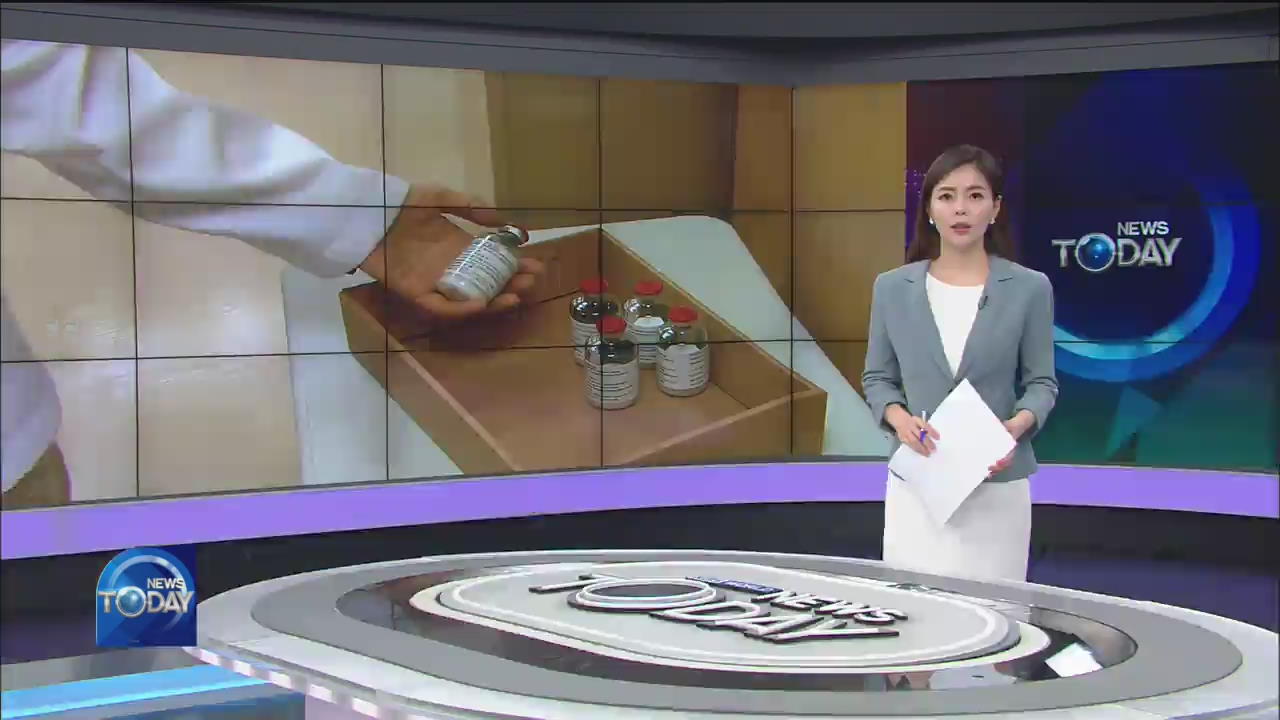
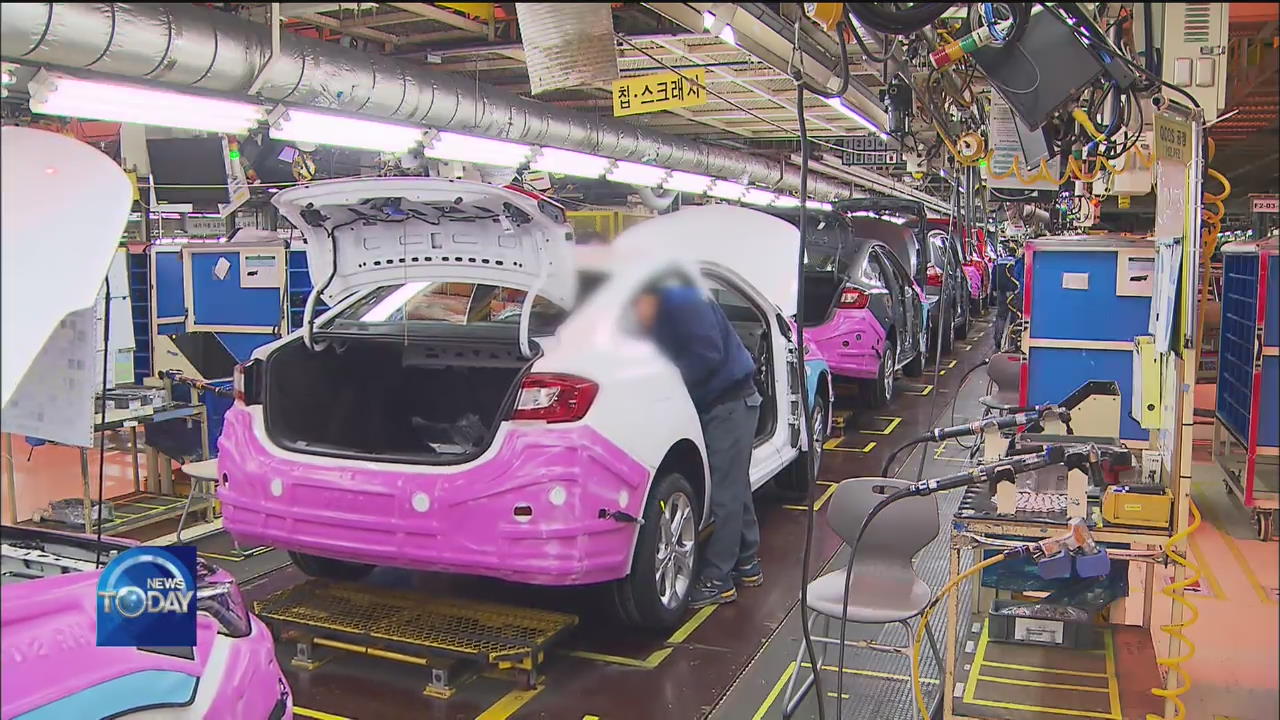
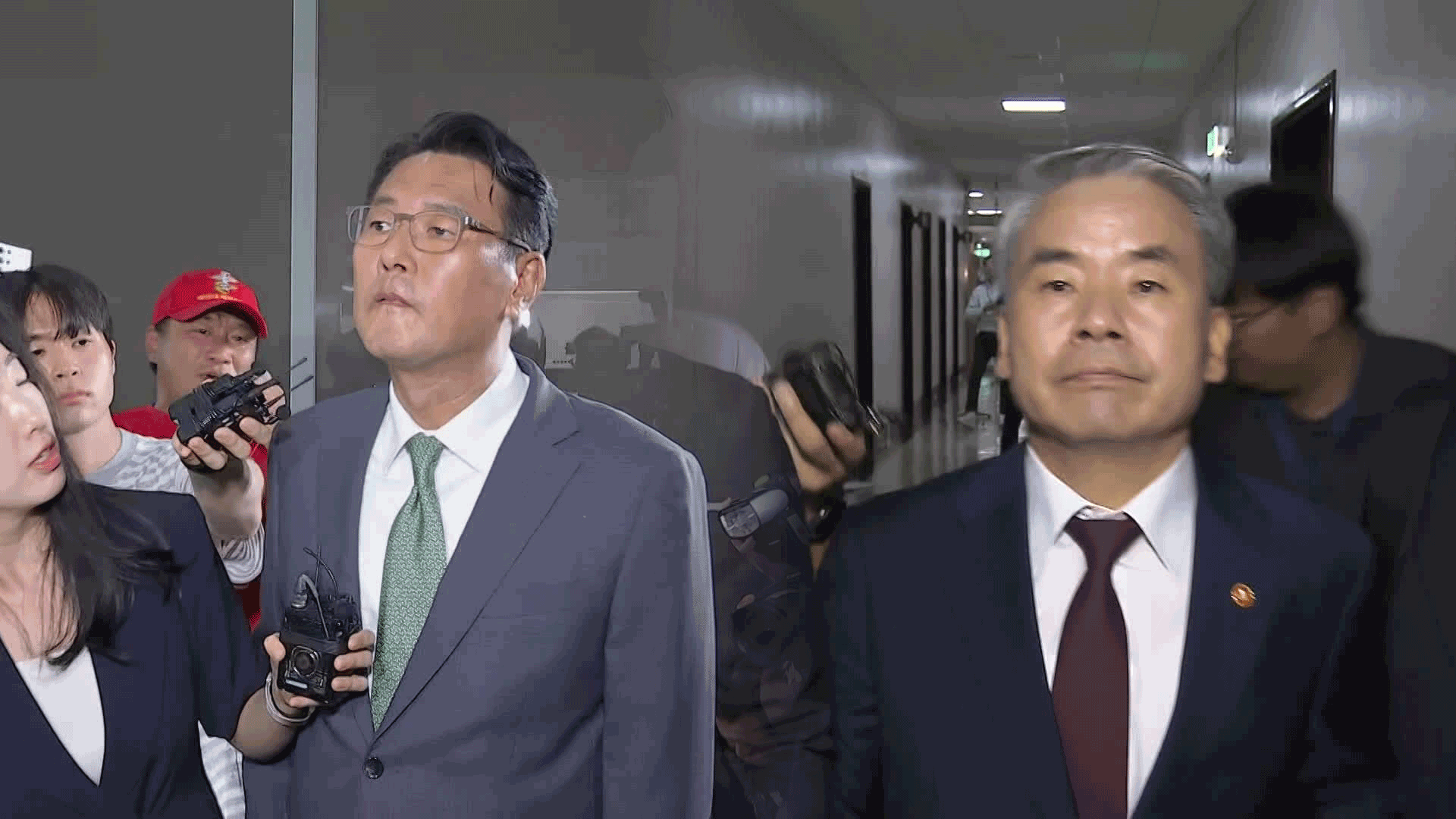
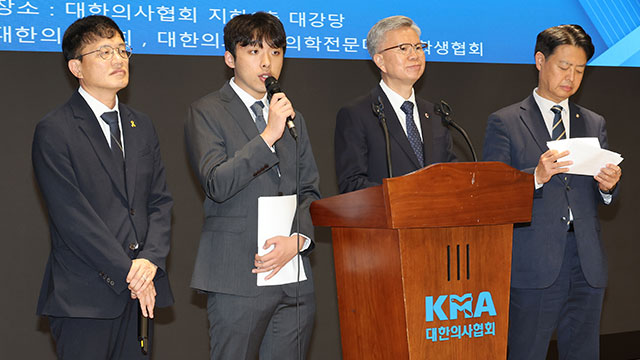



이 기사에 대한 의견을 남겨주세요.